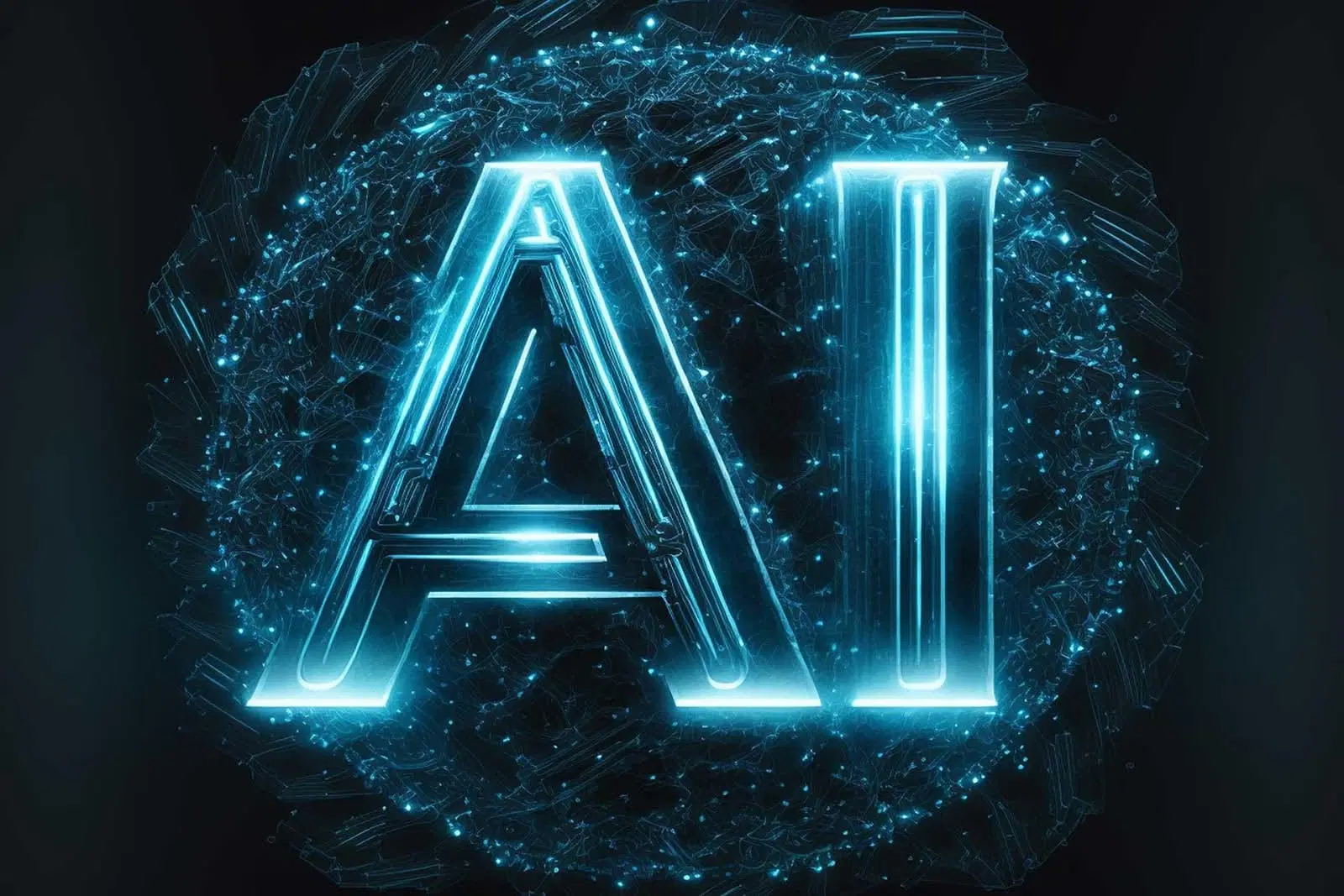Introduction
In today’s digital age, artificial intelligence (AI) is transforming various industries, from healthcare to finance. One essential innovation in AI technology is the AI Detector. This tool helps identify AI-generated content, detect AI-based fraud, and enhance cybersecurity. Whether for academic integrity, online security, or business applications, AI detectors play a crucial role in modern technology.
What is an AI Detector?
An AI Detector is a software tool that analyzes and identifies AI-generated text, images, videos, or other digital content. It uses machine learning algorithms and deep neural networks to distinguish between human-created and AI-generated material.
How Does an AI Detector Work?
AI detectors rely on advanced computational models to analyze patterns, predict content authenticity, and flag suspicious AI-generated outputs. The process typically involves:
- Data Collection: The AI Detector gathers input data, including text, images, or audio.
- Pattern Analysis: The system compares the input with known AI-generated patterns.
- Machine Learning Models: AI Detectors use deep learning to recognize inconsistencies typical of AI-generated content.
- Scoring and Detection: The tool assigns a probability score indicating whether AI created the content.
Types of AI Detector
AI detectors are available in hundreds of shapes and sizes, each designed for a particular use:
1. AI Text Detector
These tools analyze written content to determine if it was generated by AI models like ChatGPT, GPT-4, or Bard. They are widely used in education and publishing.
2. AI Image Detector
Used to detect AI-generated images and deepfakes, these tools help verify authenticity in journalism and social media.
3. AI Video Detector
These detectors analyze videos for AI manipulations, such as deepfake videos used in misinformation campaigns.
4. AI Fraud Detector
Employed in cybersecurity, these tools identify AI-generated phishing emails, fake profiles, and fraudulent activities.
Applications of AI Detector
AI Detectors have a wide range of applications, including:
1. Academic Integrity
Educational institutions use AI detectors to prevent students from submitting AI-generated assignments or research papers.
2. Cybersecurity
AI detectors help prevent fraud by identifying AI-powered scams, fake news, and misinformation.
3. Journalism
Journalists and media companies use AI detectors to verify the authenticity of articles, images, and videos.
4. Business and Marketing
Companies use AI detectors to filter AI-generated content in customer reviews, social media posts, and advertising campaigns.
Advantages of Using AI Detector
There are several benefits to using AI detectors, including:
- Improved Accuracy: AI detectors provide high precision in identifying AI-generated content.
- Enhanced Security: These tools help protect against AI-powered fraud and misinformation.
- Time Efficiency: AI detectors quickly analyze content, reducing manual verification efforts.
- Versatility: They are useful in multiple industries, including education, security, and media.
Challenges and Limitations
Despite their benefits, AI Detector also face challenges:
- False Positives: Sometimes, human-written content can be mistakenly flagged as AI-generated.
- Evolving AI Models: As AI technology improves, AI detectors must constantly update their algorithms.
- Limited Scope: Some AI detectors may struggle to analyze highly sophisticated AI-generated content.
Future of AI Detector
The future of AI detection technology looks promising. With advancements in machine learning, AI detectors will become more accurate and efficient. Emerging trends include:
- Blockchain-based AI Verification for securing digital content authenticity.
- Real-time AI Detection for live video streams and cybersecurity applications.
- Integration with AI Ethics to ensure fair and unbiased AI detection.
Conclusion
AI Detectors are becoming essential tools for ensuring content authenticity, cybersecurity, and ethical AI use. As AI technology continues to evolve, so will AI detection methods. Whether in academia, business, or security, AI detectors play a crucial role in maintaining digital trust and integrity.

